Equi-note 18 Hyperflexion-rollkur-the horse is more conflictive because faster airflow damages its throat
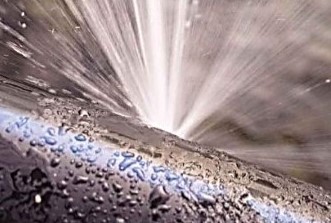
Equi-note 18 Hyperflexion-rollkur-the horse is more conflictive because faster airflow damages its throat Source: www.southernwater.co.uk; Equi-note 18 Hyperflexion-rollkur-the horse is more conflictive because faster airflow damages its throat There are several problems arising from the higher speed of airflow. They include turbulence of the airflow and damage to the soft tissues of the palate. […]
Equi-note 17 Hyperflexion-rollkur-the horse is more conflictive because its airflow is blocked

Equi-note 17 Hyperflexion-rollkur-the horse is more conflictive because its airflow is blocked Head and neck in moderate extension (jowl angle 114°) Head and neck in moderate flexion (jowl angle 69°) Notes: 1. Ascending arrows indicate direction of movement of soft palate; descending arrows indicate collapse of roof of the throat. 2. Jowl angle shown is […]
Equi-note 16 Hyperflexion-rollkur increases the horse’s conflict behaviour
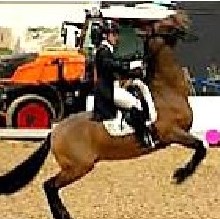
Equi-note 16 Hyperflexion-rollkur increases the horse’s conflict behaviour Source: photos #1 & #3: dressagehub; wp: photo #2: @SymbolsOfSaturn129; nkc Equi-note 16 Hyperflexion-rollkur increases the horse’s conflict behaviour How does this come about? To begin with forcing the horse’s head and neck into a contrived position causes stress. The horse reacts by showing its discomfort in […]
Equi-note 15 Hyperflexion-rollkur causes extensive physical and mental damage

Equi-note 15 Hyperflexion-rollkur causes extensive physical and mental damage Source: 1st photo: pi; 2nd & 3rd photos: nkc; Equi-note 15 Hyperflexion-rollkur-causes extensive physical and mental damage The previous posts have shown that hyperflexion-rollkur has a very long history. Even though it was not recognized as such. Any health issues which would have arisen […]
Equi-note 14 Hyperflexion-rollkur used continuously for centuries

Equi-note 14 Hyperflexion-rollkur-used continuously for centuries Thessalian cavalryman from 336-323BCE Source: wikimedia.org. cc from macedonian army on Alexander sarcophagus Equi-note 14 Hyperflexion-rollkur-used continuously for centuries As the previous post showed, rollkur has been an integral part of horse training for several thousand years. Most likely it has been a feature of training and riding […]
Equi-note 13 Hyperflexion-rollkur-how did rollkur start?
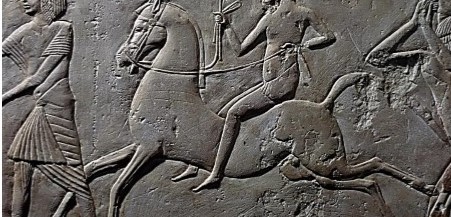
Equi-note 13 Hyperflexion-rollkur-how did rollkur start? Horemheb tomb Saqqara Egypt 1332-1323 BCE Source: metmuseum.org. pd Greek horseman 4th-3rd century BCE Source: metmuseum.org. pd Persian Cavalry Achaemenian Period 515 BCE Source: www.ancientart.as.ua.edu Parthenon frieze 442-438 BCE Source: British Museum.org. cc Xenophon cavalry training with draw reins Source: comitatus.net. wp Equi-note 13 […]
Equi-note 12 Hyperflexion-rollkur-how does it create disharmony?
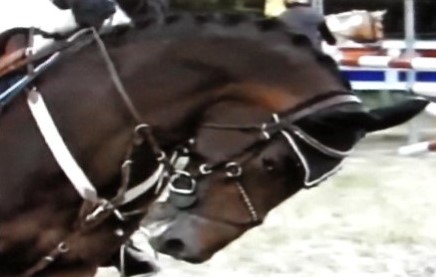
Equi-note 12 Hyperflexion-rollkur-how does it create disharmony? Source: eponaTV; wp Equi-note 12 Hyperflexion-rollkur-how does it create disharmony? The most immediate and most obvious effect is choking. The horse is being forced to work which demands a rapidly expanding supply of oxygen. However, given its constricted its head and neck position the size of […]
Equi-note 11 Hyperflexion-rollkur is a mismatch which creates disharmony
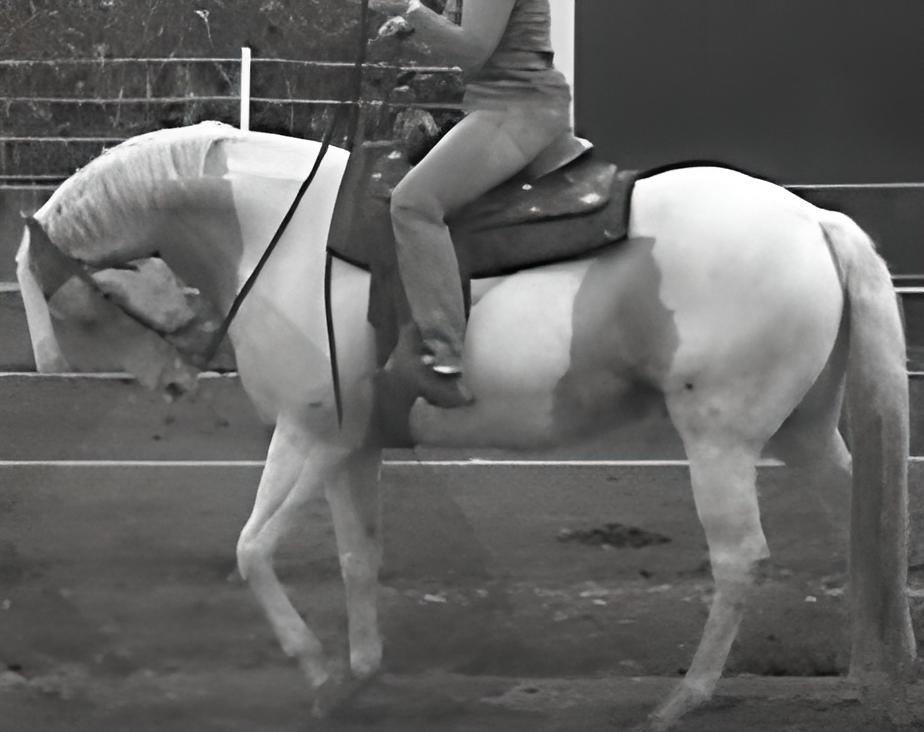
Equi-note 11 Hyperflexion-rollkur is a mismatch which creates disharmony Source: applied animal welfare science.com; cc Equi-note 11 Hyperflexion-rollkur is a mismatch which creates disharmony As mentioned in the previous post, personalities play a big part in the riding experience. And also in the quality of the interaction with horses. There may be many […]
Equi-note 10 Ignoring the Matching Principle aggravates disharmony
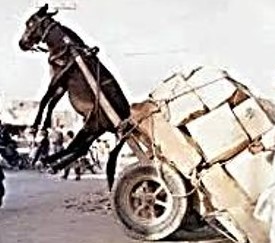
Equi-note 10 Ignoring the Matching Principle Aggravates Disharmony Source: Bilalham senior pakwheeler 2004 nkc Equi-note 10 Ignoring the Matching Principle aggravates disharmony What does this mean? We can understand disharmony in several ways. In the case of a horse and rider it is very different from the working conditions shown above, where the […]
Equi-note 09 Matching Principle helps Working With Good Harmony

Equi-note 9 Matching Principle helps working with good harmony Source: author Equi-note 9 Matching Principle helps working with good harmony You need good Inputs to start the process of working with good harmony. It is essential that you start with good Inputs. And this is even before starting to think of getting any […]
